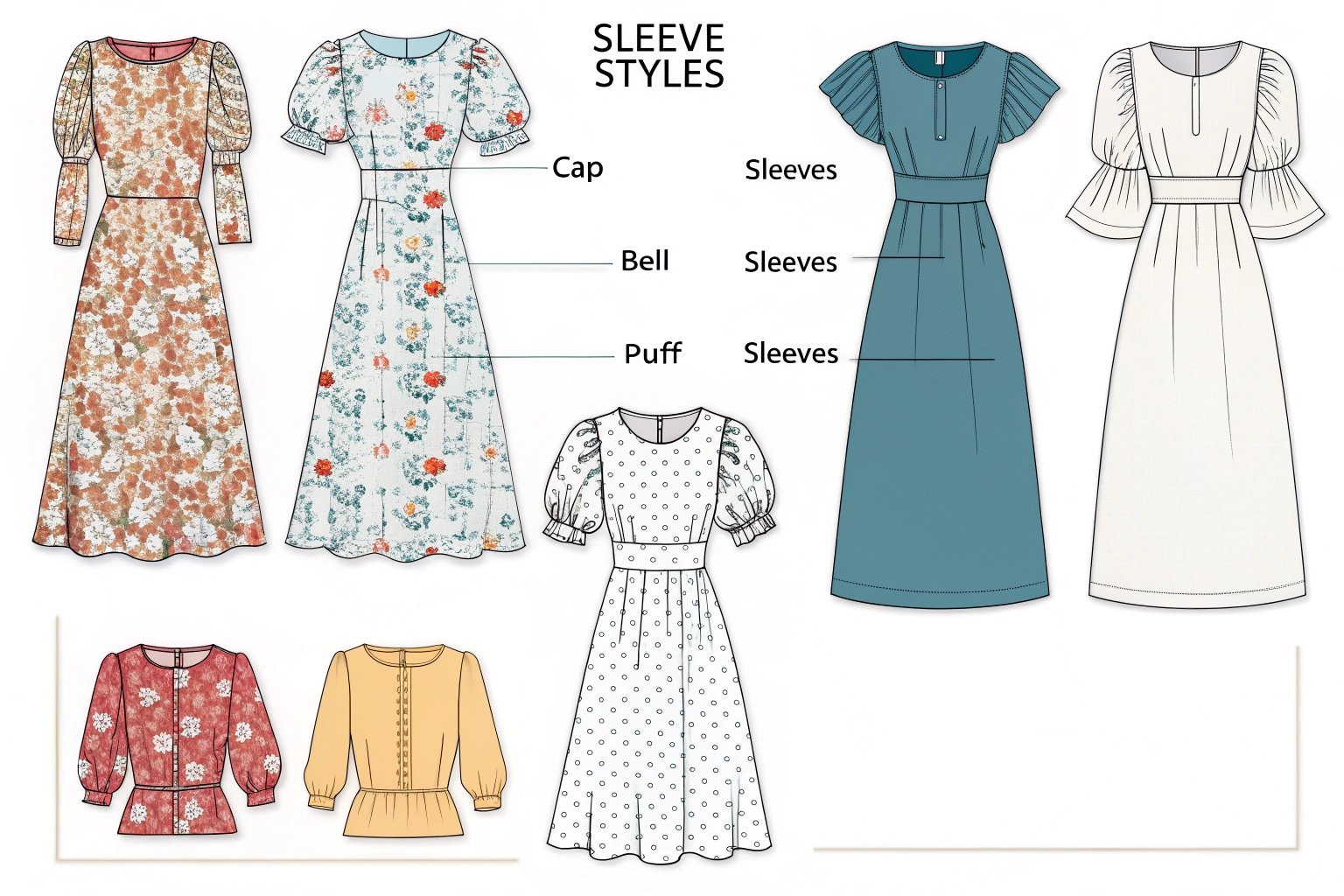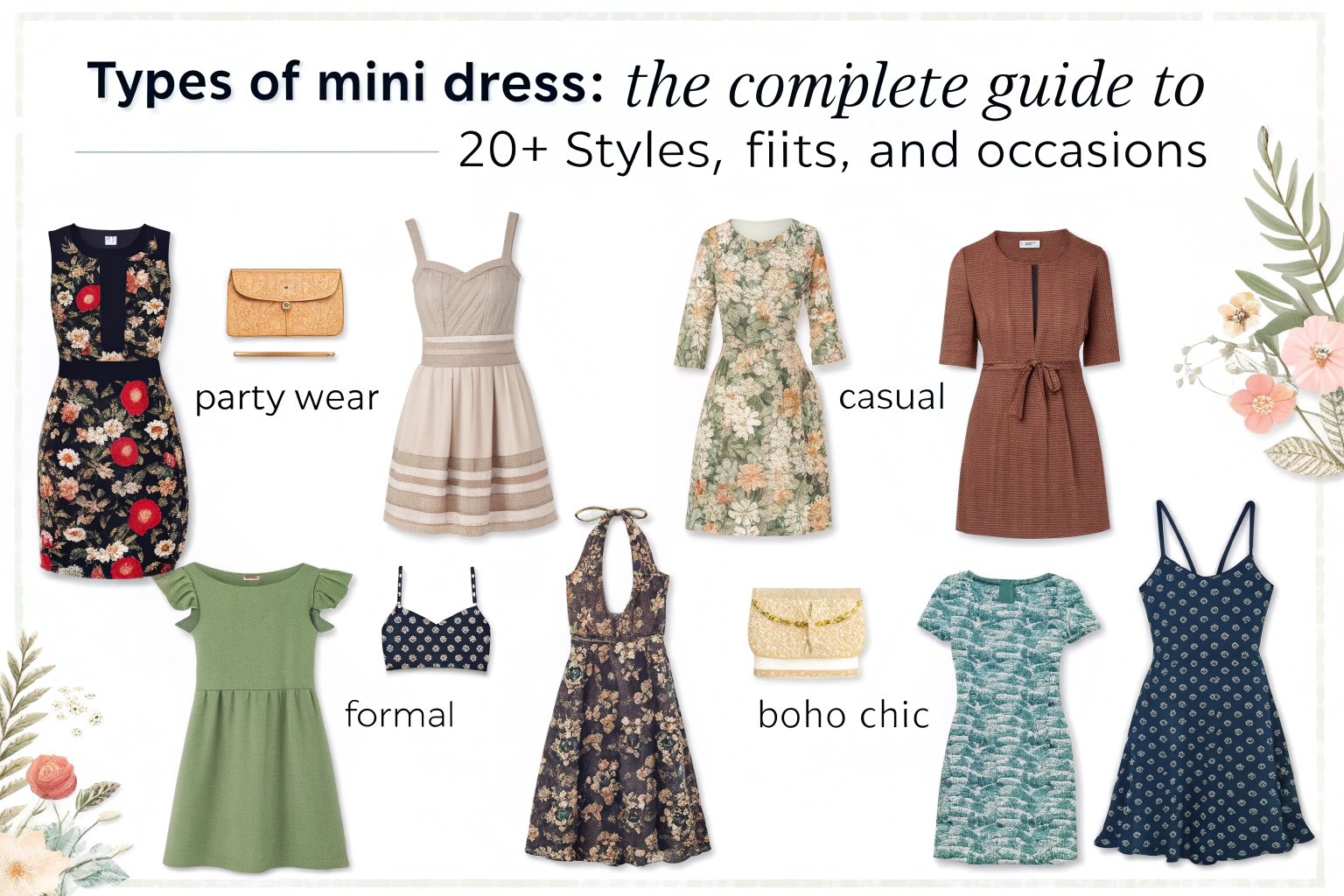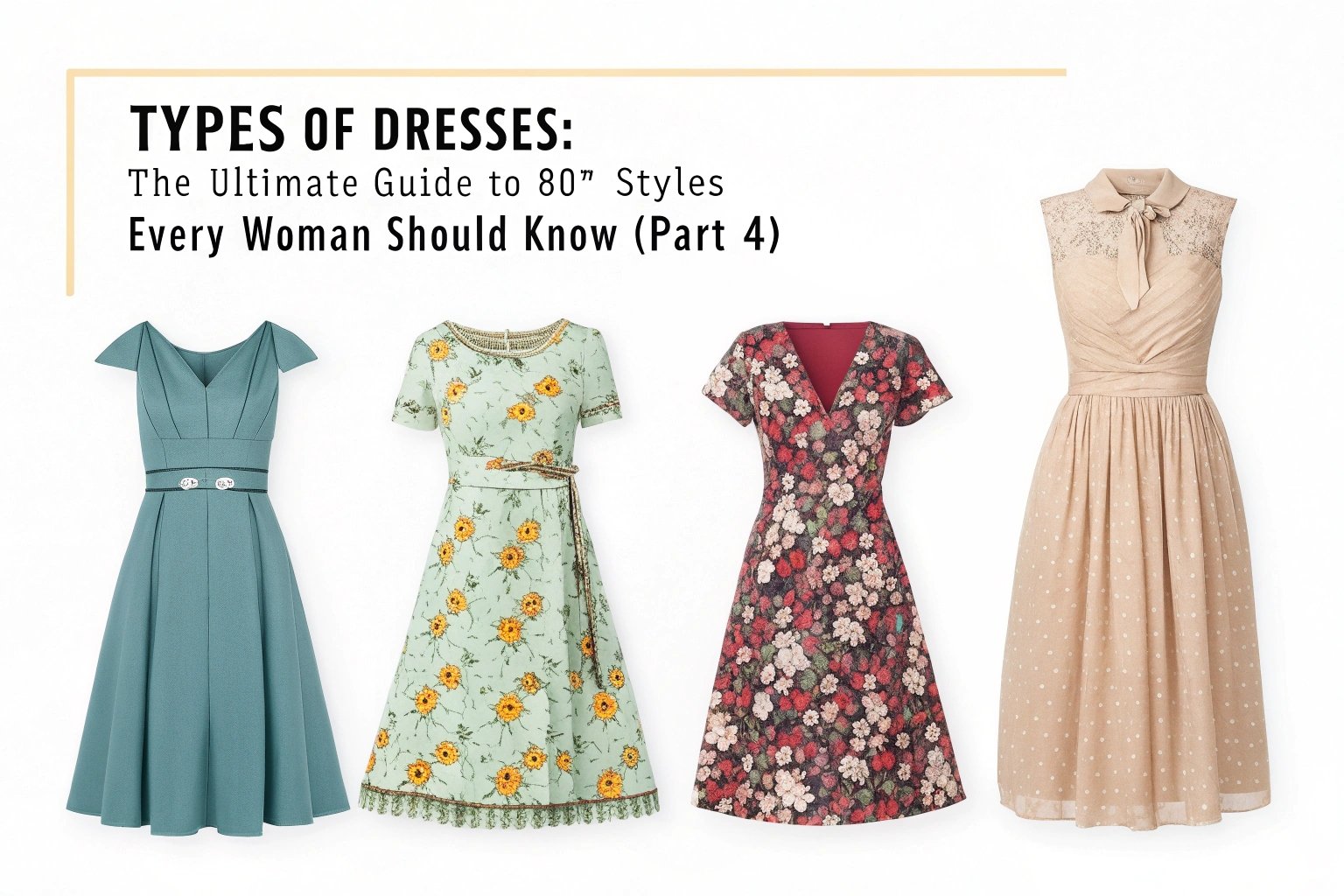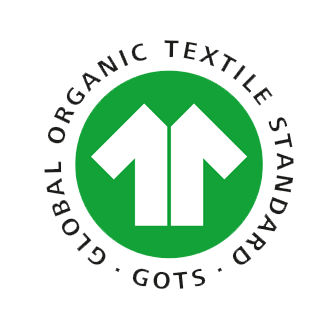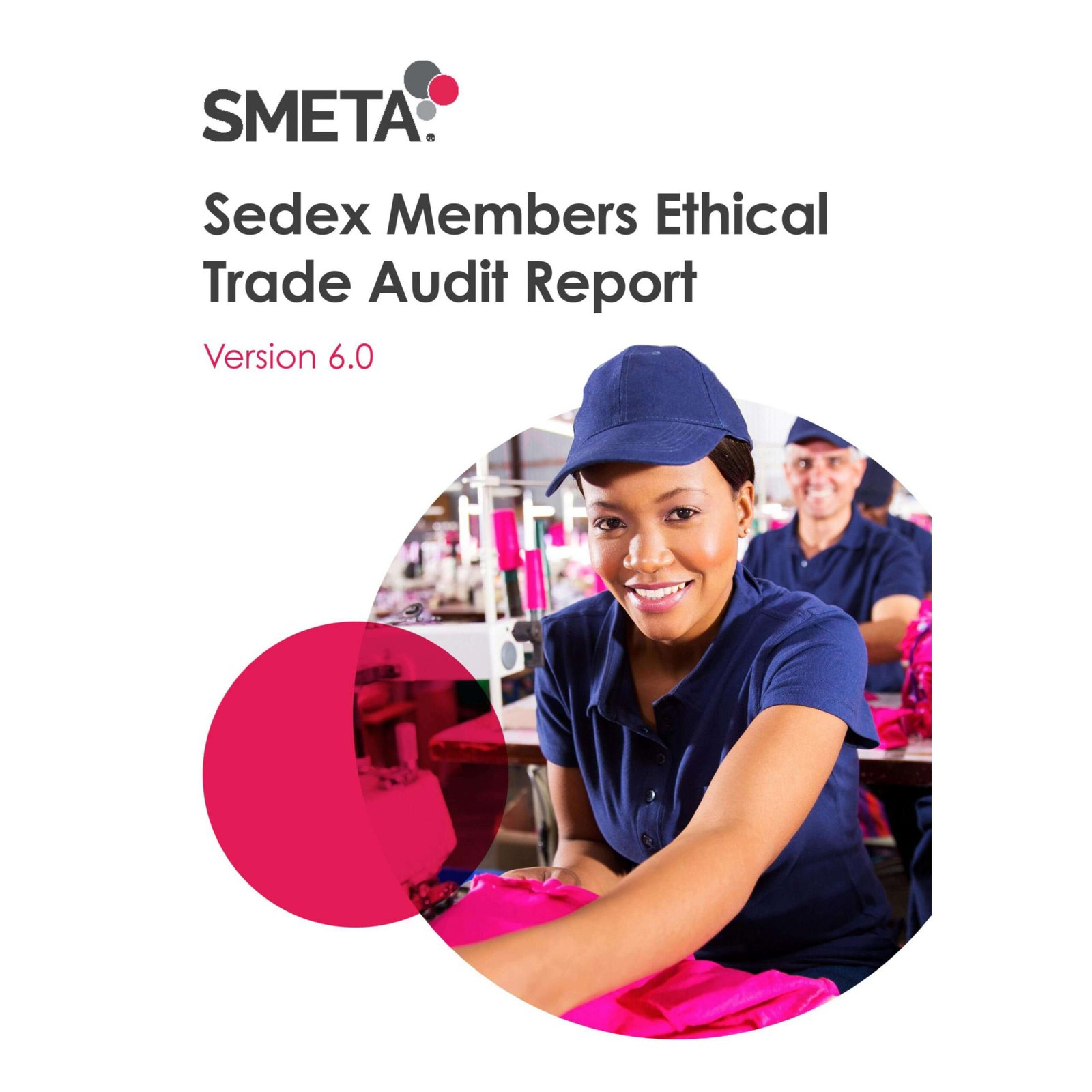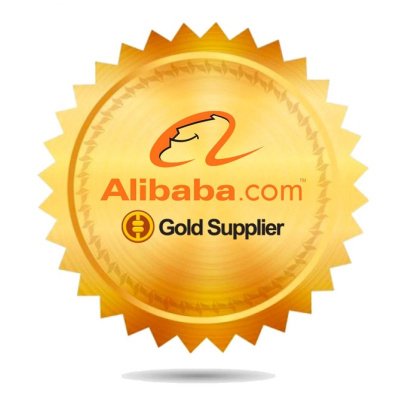Sustainable fashion is no longer a fringe concept—it’s mainstream. At Xzapparel, we’ve seen this shift firsthand through buyer inquiries, custom orders, and evolving production standards. But how deep does the demand go, and what are the implications for fashion manufacturers?
Yes, there is growing global demand for sustainable fashion—driven by eco-conscious consumers, regulatory pressure, and brand reputation. Buyers now increasingly ask for lower-impact fabrics, traceable supply chains, and responsible packaging.
Let’s examine the evidence and impacts in detail.

What is driving the demand for sustainable fashion?
Several forces are pushing brands toward eco-friendly practices.
The primary drivers include consumer awareness, climate concerns, digital transparency, regulatory pressure, and investor influence.
Key Influencers
- Consumers: Younger generations prioritize sustainability. 73% of Gen Z consumers say they’re willing to pay more for sustainable products (Forbes).
- Environmental Data: Fashion contributes ~10% of global carbon emissions. Awareness of this drives demand for change.
- Social Media: Greenwashing accusations, supply chain exposés, and consumer activism thrive on platforms like TikTok and Instagram.
- Laws & Regulations: Europe’s Green Deal and Extended Producer Responsibility (EPR) laws demand full accountability.
- Investors: ESG metrics (Environmental, Social, Governance) now influence brand valuations and retail partnerships.
At Xzapparel, we’ve been receiving increasing requests for OEKO-TEX, GOTS-certified cotton, and organic linen across all buyer segments.
Which regions show the most demand for sustainable clothing?
The trend is global, but especially strong in the West.
Europe, North America, and Australia lead in sustainability-conscious consumer bases and retail expectations.
Regional Demand Overview
| Region | Sustainability Demand Level |
|---|---|
| Western Europe | Very High |
| Scandinavia | Extremely High |
| North America | High |
| Australia | High |
| Southeast Asia | Growing |
| Middle East | Moderate |
European retailers often require full traceability and CO2 lifecycle data. U.S. brands focus on fabrics and packaging. Australian boutiques demand local certifications and small batch sourcing.

What types of buyers prioritize sustainability?
The trend crosses business models.
From large retailers to boutique founders, buyers seeking sustainable fashion fall into four key categories:
Buyer Profiles
- Ethical Boutique Owners: Prioritize story-based marketing and transparency
- Premium Brands: Focus on fabric quality, traceability, and slow fashion ethos
- Mass Retail Chains: Driven by compliance and public image (e.g., H&M Conscious)
- Eco-Startups: Born out of environmental missions, often funded by impact investors
At Xzapparel, we’ve seen growth in all four groups—especially boutique buyers like Emily Clarke from Australia.
What fabrics are considered sustainable?
Sustainable doesn’t mean just “natural.”
Key sustainable fabrics include organic cotton, linen, hemp, bamboo viscose, TENCEL™ lyocell, recycled polyester, and deadstock textiles.
Comparison Table
| Fabric | Why It’s Sustainable |
|---|---|
| Organic Cotton | No pesticides, less water |
| Linen | Low-input crop, long lifespan |
| Hemp | Grows quickly, enriches soil |
| TENCEL™ Lyocell | Closed-loop production, biodegradable |
| Recycled Polyester | Diverts plastic waste, uses less energy |
| Deadstock Fabric | Reduces overproduction and landfill waste |
We stock all six and offer blend options to meet price and design needs.
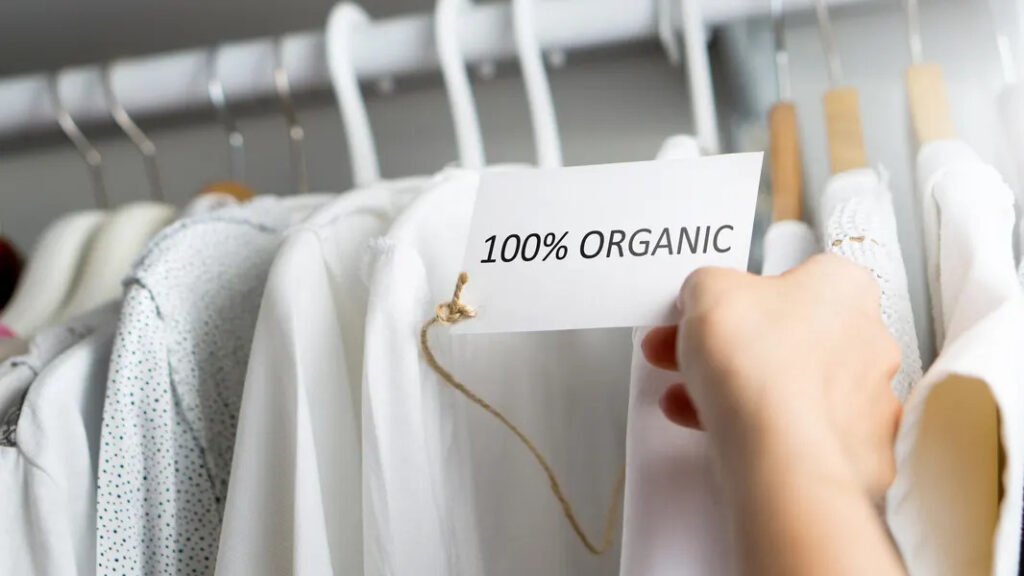
How does demand influence manufacturing decisions?
It reshapes the entire supply chain.
Rising demand pushes manufacturers to change sourcing, invest in traceability systems, and innovate waste management.
Key Manufacturing Shifts
- Partnering with certified mills only
- Introducing waterless dyeing and laser cutting
- Adding digital inventory and material tracking
- Creating in-house recycling or take-back loops
At Xzapparel, we’ve invested in organic-certified sourcing and are exploring digital product passports to meet traceability goals.
Is sustainability more expensive for fashion brands?
Initially, yes. Long-term, not necessarily.
Sustainable materials and processes often carry a premium, but this can be offset by brand positioning, customer loyalty, and operational savings.
Cost Analysis
| Stage | Sustainable vs. Traditional Cost Impact |
|---|---|
| Fabric Sourcing | 10%–30% higher |
| Certification | Fixed yearly fees |
| Labor & Ethics | Higher (compliant factories) |
| Packaging | Compostable = +5–10% |
| Waste Management | Saves money long-term |
More importantly, customers are willing to pay for these values—especially in premium categories.
How do fashion brands communicate sustainability?
Through labels, storytelling, and transparency.
Top-performing sustainable brands use product-level communication, traceable QR codes, supply chain visuals, and carbon impact stats.
Common Tools
- Hangtags explaining fiber origin
- Website pages showing factory videos
- Impact calculators for product lifecycle
- Influencer partnerships with eco-focus
We help our clients prepare visual assets and certification icons to use across e-commerce and packaging.

What are the risks of ignoring sustainability?
Reputation damage and revenue loss.
Failing to meet sustainability expectations can result in bad press, customer loss, and even product bans in some regions.
Common Pitfalls
- Greenwashing accusations
- Untraceable supply chains
- Poor product lifecycle planning
For example, certain EU countries may fine or block products without transparent fiber labeling and certifications.
How can new brands start sustainably?
With the right partners and smart strategy.
Brands launching in 2025 can integrate sustainability from day one by choosing eco fabrics, minimizing SKUs, and working with compliance-ready suppliers.
Launch Checklist
- Choose 1–2 eco materials (e.g., linen, TENCEL™)
- Use recycled trims and compostable bags
- Limit production to avoid overstock
- Set up end-of-life donation or recycling options
- Highlight impact in all marketing materials
We work with new labels to align MOQ and margin goals with sustainable supply strategies.
What role do certifications play?
Certifications build trust.
They signal transparency, safety, and ethical sourcing—especially important in wholesale and international markets.
Top Certifications
| Certification | Meaning |
|---|---|
| GOTS | Organic textile, ethical labor |
| OEKO-TEX | No harmful substances |
| BCI | Better cotton farming practices |
| GRS | Recycled material verification |
| FSC | Forest-friendly viscose |
Xzapparel maintains partnerships with mills holding these certifications, and shares trace documentation with clients.
Conclusion
Sustainable fashion is not a trend—it’s a movement. From sourcing to storytelling, buyers are placing greater value on products that respect people and the planet. At Xzapparel, we’re proud to lead this transformation with our clients, offering materials, methods, and mindset that align with the new era of conscious apparel.
Want to create a sustainable capsule that meets global buyer expectations? We’re here to build it from swatch to shelf.


